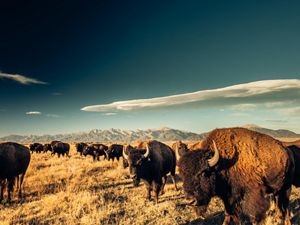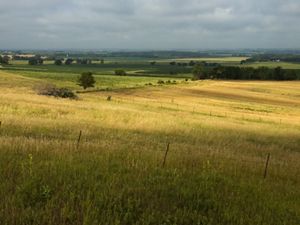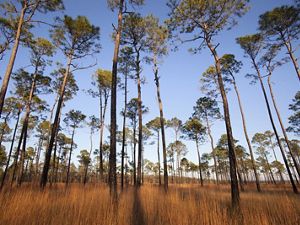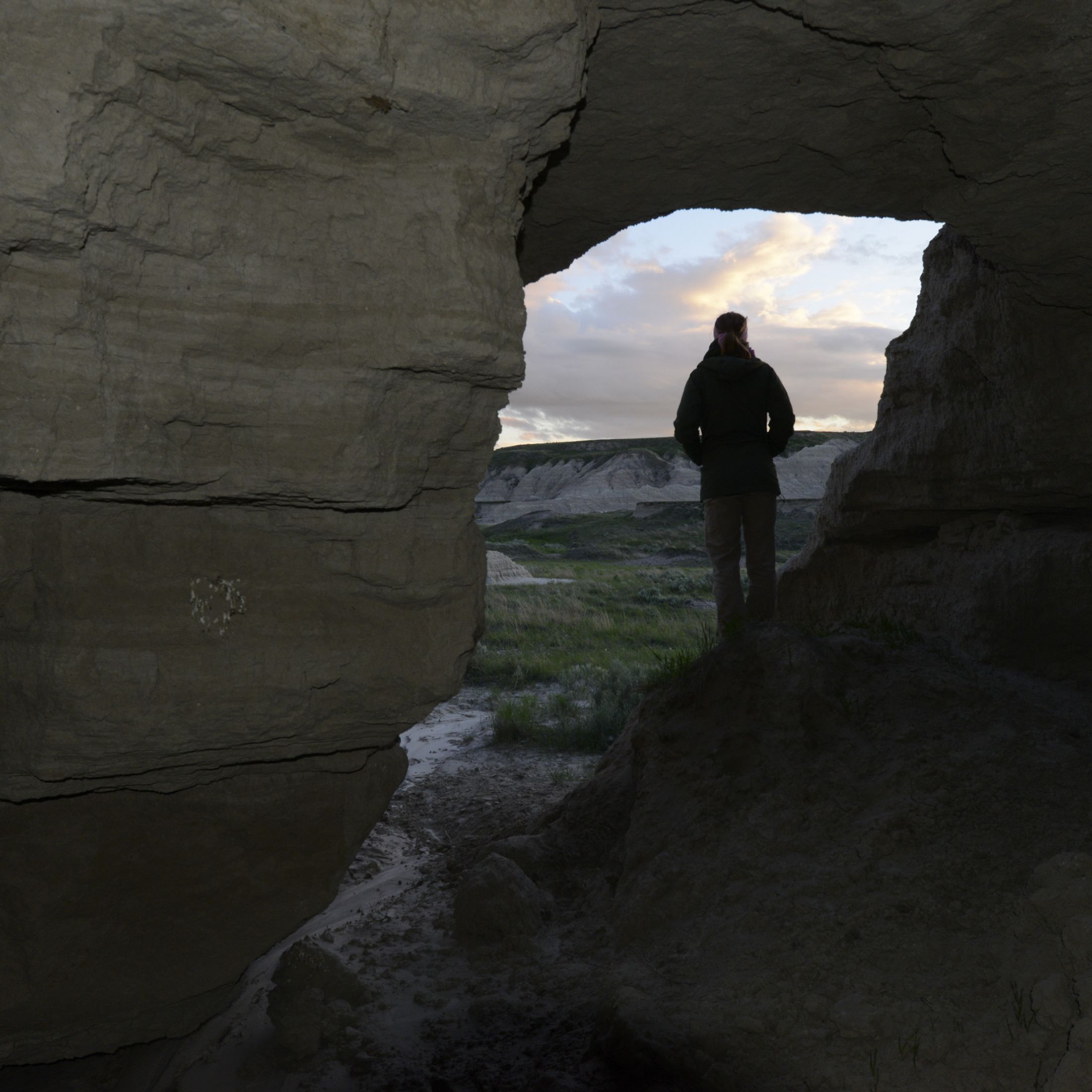
Policy and Nature
Learn about conservation policy in South Dakota and use your voice to speak up for nature.
Get started by exploring the guide below!
Keeping South Dakota Wild
The Nature Conservancy is working to keep South Dakota’s lands and waters wild and working for the next generation. Our state’s productive farms and ranches, rich wetlands and world-class outdoor recreation are all central to the South Dakota way of life. Let’s protect these resources by speaking up for nature!
Policy as a Conservation Tool
In South Dakota, we work to advance environmental policy that works for both people and nature. In addition to informing how we plan and execute conservation work, science drives TNC’s policy positions and our recommendations for public investments in conservation.
We work across borders, aisles and sectors to further our mission of conserving the lands and waters on which all life depends. Working alongside partners in business and industry, people from all walks of life and governments from the local, state and national levels, we take a collaborative approach to create lasting conservation outcomes through policy. Our nonpartisan approach, commitment to science and collaborative spirit will help us realize a future in which nature and people thrive together.
Stay up to date on the issues, learn how you can speak up for nature and start using your outside voice on issues that matter to you!
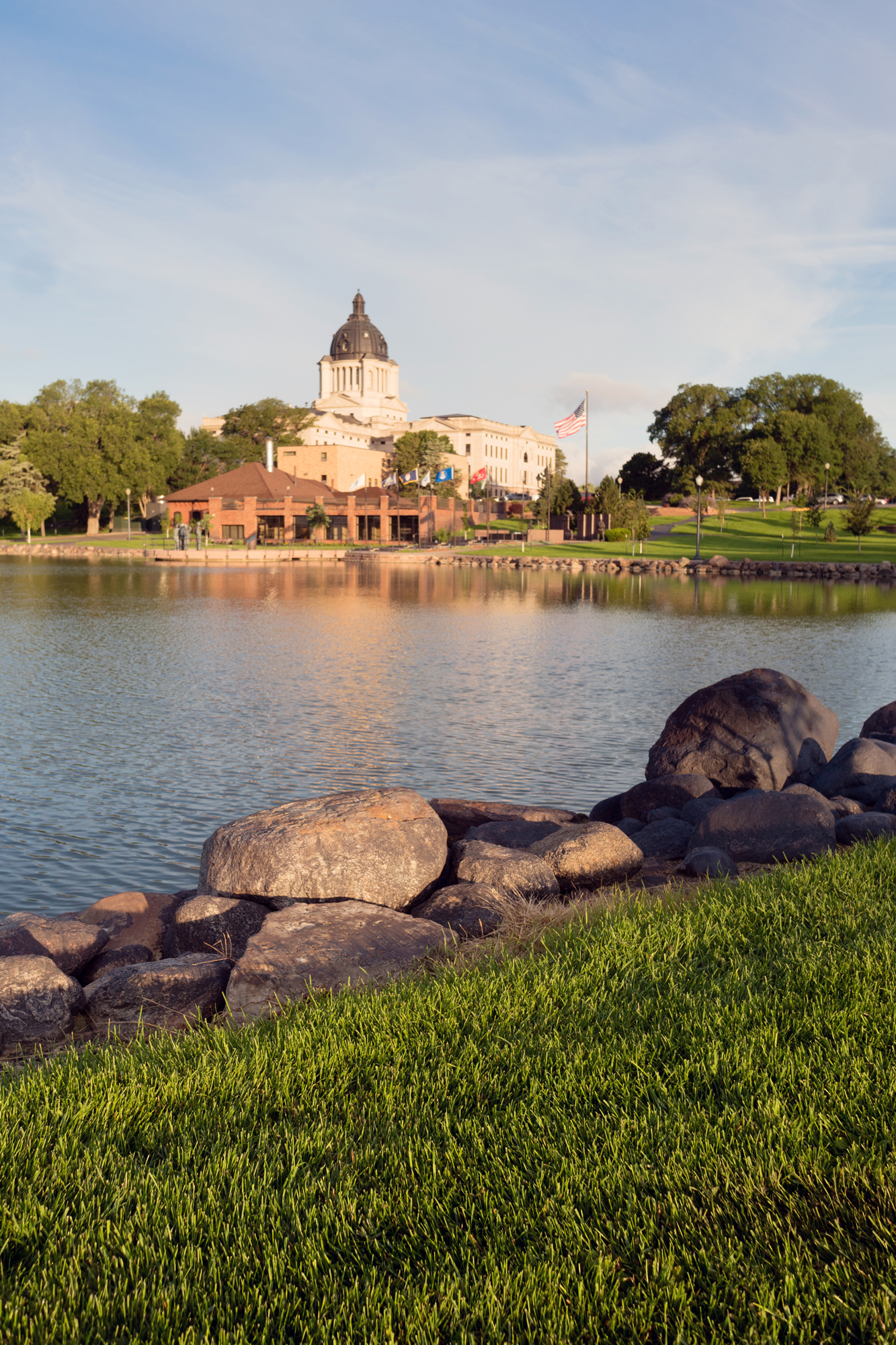
Capitol Updates
March 21, 2023
The 2023 session of the South Dakota Legislature has come to an end. Legislators adjourned from the main run of the session on March 9 and sent all bills to the governor, and they will return briefly on March 27 to consider any bills the governor may veto. During this time, legislators are considering proposed topics to study in more depth over the summer, and we’ll be keeping an eye on what issues they select.
Activity on a broad variety of proposed bills this year—463 in total—kept lawmakers focused mostly on issues other than conservation. Tens of millions of federal funding was allocated toward spending on water infrastructure, which will be appropriated through the state Board of Water and Natural Resources.
Lawmakers approved funding for stakeholder and community engagement in the revision process for the Black Hills National Forest management plan. Added focus on public participation will help forest managers develop a plan that reflects the diversity of people who make use of the forest and enjoy its incredible wildlife, plant communities and recreation opportunities.
Thank you for your work this session to learn about the issues that matter to nature. We encourage you to keep speaking up! Even when they’re not in session, legislators appreciate hearing from constituents about the issues that matter to you—and nature is counting on your voice.
February 24, 2023
Legislators are moving swiftly to pass bills and focus their efforts as the end of the legislative session is in sight. This week marked the “crossover” deadline, where bills must pass out of their house of origin to be considered.
The Nature Conservancy is in support of a bill to expand stakeholder participation in the Black Hills National Forest Land and Resource Management Plan revision process. The bill provides cost-share funding for affected counties and funds new staff at the state Department of Agriculture and Natural Resources to facilitate greater engagement with interested parties as the U.S. Forest Service updates its management plan for the forest. We are in favor of this investment and will work to make sure the issues of conservation and long-term sustainability of the forests in the Black Hills are prominently considered in the revision process.
While the session is ongoing, TNC staff have been meeting with state agency leaders to develop workaround issues of grassland conservation, water quality and invasive species. We look forward to continuing this work after the legislative session concludes in a few short weeks.
February 2, 2023
Just a few weeks into the session, lawmakers are off to a quick pace! Nearly a third of legislators are new to their roles this year. That has not stopped legislators from introducing a high volume of bills, some of which may affect policy priorities related to nature.
State agency leaders are seeking funding to support local engagement in forest management. A bill in the Senate would offer $500,000 in grants to counties within the Black Hills National Forest boundary to facilitate participation in the next forest management plan. This will provide an important opportunity for local communities to collaborate with the U.S. Forest Service in developing a use plan for the Black Hills National Forest and ensure the plan reflects local input.
The legislature is allowing the Department of Agriculture and Natural Resources to re-obligate funding to water-related projects that were funded with $600 million in federal aid in 2022. There is also significant discussion around carbon capture infrastructure, an issue that will likely garner a great deal of attention throughout the remainder of the session. Legislators have a limited number of days remaining to introduce new bills this session, which will help lawmakers focus on working through a set number of bills.
January 19, 2023
Lawmakers gathered in Pierre last week for the start of the 2023 legislative session. Several bills pertaining to nature were introduced in the first few days of the session, affecting issues like funding for water quality and wastewater control, local participation in forest management in the Black Hills, and the management of river basins.
The session is scheduled to run into early March, and we expect plenty of legislative activity between now and then. Our priorities for nature at the Capitol include protecting healthy lands and waters, advancing nature-based solutions and supporting regenerative food systems.
Explore our issues guide below and make sure you’re subscribed to updates from The Nature Conservancy so you can learn about opportunities to speak up for nature!
Got a moment to speak up for nature?
Sign our pledge! You'll receive occasional policy updates and more nature news from TNC.
Sign the PledgeOn the 2023 Agenda
-

Protect Healthy Land & Water
The great outdoors is part of the South Dakota identity, and worthy of our protection. We must conserve our natural lands and waters for the future.
-

Advance Nature-Based Solutions
Climate impacts are on the rise, from drier dry years and wetter wet years to warmer winters and a shorter ice fishing season. We need to take action, and nature provides a path.
-

Support Regenerative Food Production
Increasing food demand is expected to put a lot of pressure on South Dakota producers. We can help them meet the challenge by working to advance soil health practices that improve yields and make operations more resilient.
Protect Healthy Lands & Waters
In South Dakota, we’re leveraging policy to advance healthy working areas and protect our world-class public lands. Driving state investments toward conservation supports biodiversity and habitat while rippling out into the rest of our economy.
Revenue from hunting and fishing licenses, as well as park passes and other use fees, goes directly toward conservation. These fees generate tens of millions of dollars, demonstrating just how much people love South Dakota’s great outdoors. The Nature Conservancy encourages state leaders to reinvest this money in restoring wildlife habitat and safeguarding biodiversity so people and nature can thrive.

More about Land Protection
-
Biodiversity is the interconnected, hugely varied web of species that make up the world we call home. Due to habitat loss and climate challenges, species across the planet’s ecosystems are dying out. Losing diversity in our ecosystems means that the intricate interactions between species that define the world as we know it are all at risk. Watch this short video to learn more.
-
In a conservation easement, a landowner voluntarily enters into an agreement to sell or donate certain rights associated with his or her property–often the right to subdivide or develop. Typically, a private organization or public agency accepts responsibility to uphold the terms of the easement that the landowner has agreed to. Conservation easements keep natural lands protected while allowing owners to retain many private property rights, including to live on and use their land. In some cases, these easements also provide landowners with tax benefits.
-
From the Great Plains to the Black Hills, South Dakota’s naturally productive lands provide clean water and wildlife habitat, and they serve as the foundation of our state’s cattle ranching industry. But sound conservation strategies require long-term thinking and sustainable funding. In South Dakota, we can support ranchers who are doing right by nature by advocating for increased support of state and federal agencies who work arm-in-arm with producers to make their operations work better for nature and their profitabillity.
Advance Natural Climate Solutions
Climate change and its impacts are already showing up in South Dakota. Extreme drought, shorter ice-fishing seasons and increasingly favorable conditions for invasive pests are all evidence of shifts in our climate affecting people, nature and our economy. During this critical time for our planet, TNC is seeking to tackle climate emissions by advancing better energy policy and promoting the best carbon capture technology available: nature.
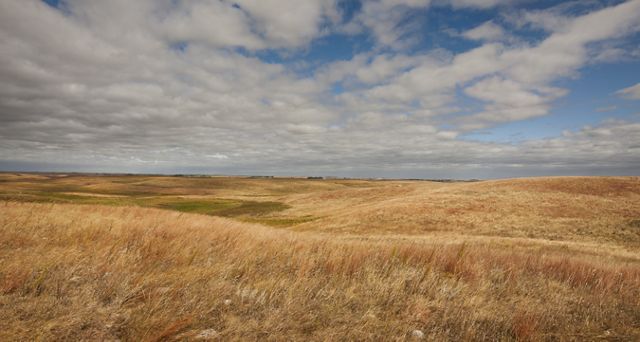
In addition to cleaning our air, filtering our water, providing viable working landscapes and saving habitat for wildlife, South Dakota’s grasslands and forests have the potential to capture and store massive amounts of carbon while continuing to provide the quality of life benefits we’ve all come to appreciate them for. More importantly, natural climate solutions are time-tested, inexpensive and ready to roll out. Not only that, but investing in nature gives us the ability to create more resilient communities while providing carbon storage and other benefits.
While we leverage nature to capture carbon and make our communities more resilient, we must work to advance renewable energy development where we can. The wide-open landscapes of South Dakota offer tremendous opportunities to take advantage of both wind and solar. But in order to take advantage of nature and energy solutions, we must first let our lawmakers know why these issues are so important and why they should invest in them.
More on Climate Solutions
-
Climate change is already affecting South Dakota’s forests, farms and people. Longer growing seasons have given invasive pests, like the mountain pine beetle, a leg up in the Black Hills forests. Drier dry years are impacting agricultural outputs across the state. And two-thirds of South Dakotans are worried that global warming will harm future generations. It’s up to us to take action.
-
Renewable energy offers an important pathway for tackling climate change and building a sustainable future for all. But how we do it—and where we put all those windmills and solar panels—is important. Site Renewables Right is a tool developed by The Nature Conservancy to guide energy development away from important wildlife habitats and natural areas. By making use of this tool, energy developers can advance clean energy while preserving the most significant lands, waters and wildlife in our state.
-
Nature can help us mitigate and adapt to some of the greatest challenges we face. Nature-based solutions are strategies that leverage our lands and waters to help tackle issues like water and food security, biodiversity, health and wellbeing and extreme weather events.
Support Regenerative Food Production
Farming and ranching are proud traditions in South Dakota, and we have a duty to maintain our role as leaders in the industry by keeping our ag and ranchlands naturally productive. We can do this by advancing practices that restore the health of our soils and grazing lands, so they can feed a growing world while keeping ranching productive and profitable.

Ranching has an especially important role in South Dakota. Approximately half of all private and public lands in the state are made up of grasslands, which filter our air and water while providing immense carbon storage benefits. Improving the health of these lands would improve outcomes for wildlife, ranchers and the entire ag economy in South Dakota. Despite the myriad benefits associated with regenerative farming and ranching practices, many producers experience barriers to implementing these practices. We need South Dakota lawmakers' help in creating incentives that help make these practices more accessible to conservation-minded landowners.
About Regenerative Agriculture
-
Agriculture is big business in South Dakota. Indeed, ag accounts for nearly 30% of the state’s economic output and, in all, contributes about $32 billion to the economy. But keeping South Dakota’s ag lands healthy and productive isn’t just important for our economy, it’s also critical to keeping our natural landscapes intact so they can continue to be enjoyed by anglers, birders, hunters and others.
-
Soil health is an important factor impacting water quality. How we use our lands directly impacts the health of our waters, and employing practices that build soil health can make a significant positive difference for water quality in South Dakota. Regenerative farming practices like cover cropping and reduced tillage, as well as regenerative ranching practices like rotational grazing, are all important actions producers can take to improve the health of their lands and the health of South Dakota’s waters.
-
Grasslands need periods of both disturbance and rest to be their most healthy and productive. In the absence of natural cycles of disturbance, historically caused by bison grazing and grassland fires, cattle can provide this important service in the form of regenerative grazing. Many South Dakota ranchers are already employing these types of practices. By prioritizing native species, following rotational grazing schedules and allowing periods of recovery, ranchers can help restore and improve grasslands while keeping them just as if not more productive.
Use Your Outside Voice
Ready to start speaking up? Sign and share our pledge! You'll also receive occasional policy updates and more of the nature news you love.
